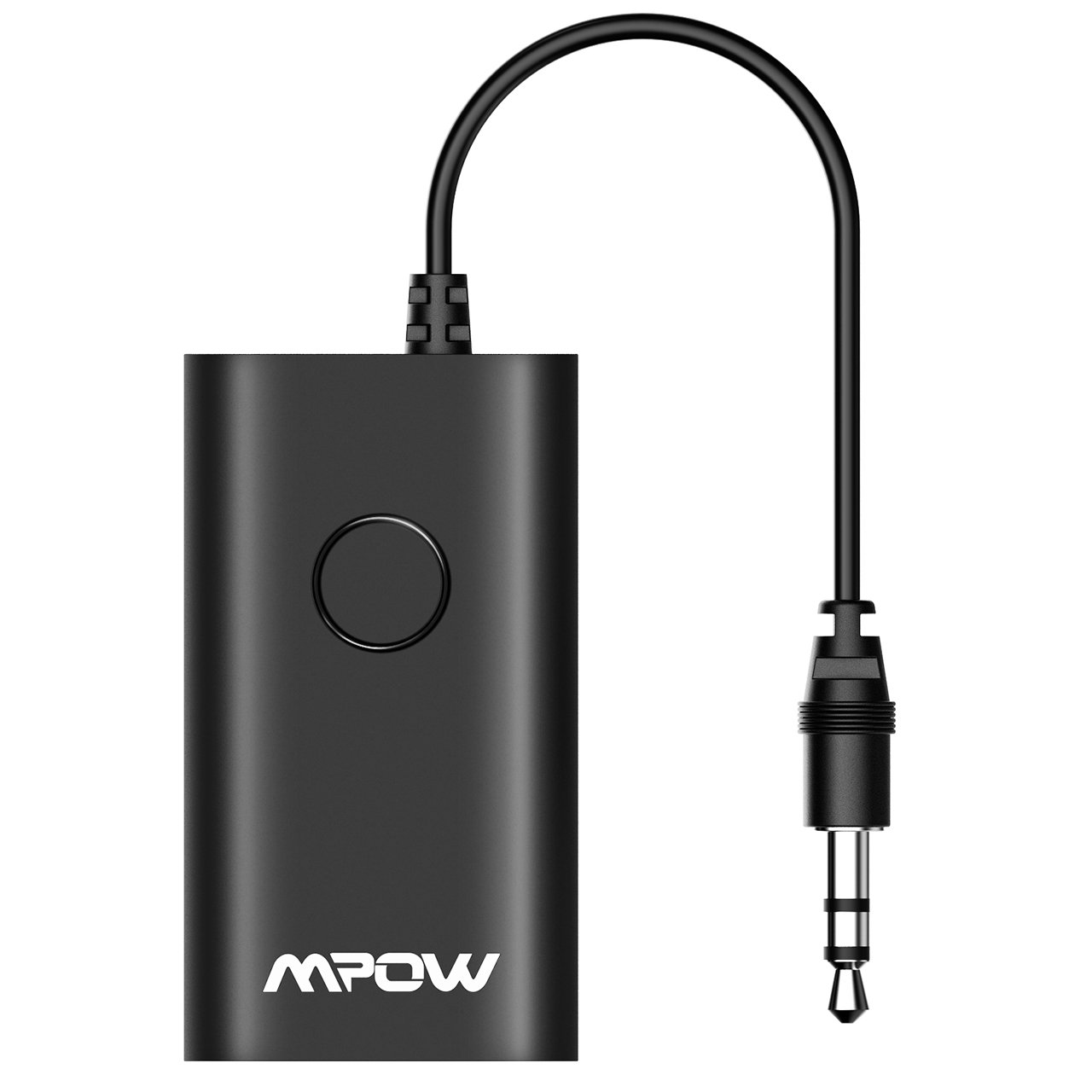Advice For Choosing the Best Wireless Audio Transmitter Product For Whole-House Audio Streaming
An increasing number of wireless audio transmitter products promise the supreme freedom in streaming music everywhere in the house. We will have a look at different products and technologies to learn in how long the products are of help for whole-house audio applications and just what to look for when buying a radio system.
Running music at your residence could be a daunting task. Many homes are certainly not wired for multi-room audio and becoming the music out of your family area for your bedroom could be a challenge. Items that solve this concern usually are based on the following technologies: infrared wireless, RF wireless, wireless LAN or powerline.
Infrared wireless audio goods are limited to line-of-sight applications, i.e. only operate inside a single room considering that the signal is shipped as infrared light which cannot penetrate walls. This technology is frequently within wireless speaker kit products.
RF wireless audio products send the audio signal via radio waves. These radio wave signals can certainly proceed through walls. The signal is distributed either by making use of FM transmission or digital transmission. FM transmitters include the most inexpensive option. They offer good range nevertheless the audio signal is at risk of audio distortion and noise and it is very prone to interference using their company wireless transmitters.
Digital wireless audio transmitter products start using a digital protocol. The audio is first converted to digital data prior to being transmitted. Using this method makes sure that the audio quality is fully preserved. Some transmitters apply form of audio compression, like Bluetooth transmitters, that can degrade the audio to varying degrees. Transmitters which send the audio data uncompressed will achieve the highest fidelity.
Products using wireless LAN are useful when streaming audio from your PC. Their drawback is that they routinely have some fairly high latency, i.e. the signal will be delayed by some amount since wireless LAN has not been specifically made for real-time audio streaming. Also, some products require to buy separate wireless LAN modules which can be connected each audio receiver. 
Powerline products send the audio through the power mains and give great range. They encounter problems in houses where you can find separate mains circuits in terms of having the ability to overlap into another circuit. Also, these items build inside a delay of countless seconds to shield against transmission errors during harmful electrical currents and spikes which prevents their utilization in applications the location where the audio from wireless stereo speakers should be in sync along with other non-wireless speakers or video.
Here are some ideas for selecting a wireless speakers: If you intend to stream audio into several rooms of your house, make sure to decide on a system that allows streaming to multiple receivers as well. Like that you don't have to get a separate transmitter per receiver you are streaming to. Some products incorporate some form of error correction built-in which will help guard against dropouts in the event of strong wireless interference. Pick a digital RF audio transmitter to ensure that the audio quality is preserved. Guarantee the audio latency is less than 10 ms if you have a real-time application including video.
Go with a transmitter containing every one of the audio inputs you will need, e.g. speaker inputs, RCA inputs etc. Pick a system to add receivers at a later date that offer all of the required outputs, e.g. amplified speaker outputs, RCA outputs etc. In case you decide on a digital audio transmitter, pick one having an input audio level control knob to stop the audio signal from clipping inside transmitter audio converter. This will ensure optimum dynamic range regardless of the signal degree of your equipment.
Check that the amplified wireless receivers have built-in digital amplifiers with low distortion figures. This can maintain the receiver cool because of high amplifier efficiency and offer optimum audio quality. Make sure the receivers can drive speakers along with your desired Ohm rating. Deciding on a product the place that the wireless receivers possess a small footprint and easy mounting options will help throughout the installation. Products which operate in the 5.8 GHz frequency band will have less issues with wireless interference than products while using crowded 900 MHz or 2.4 GHz frequency band.
For more information about bluetooth sender go this popular site.